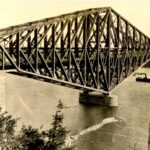In the last edition of TheBridgeGuy, we looked at the all-important interview and what it takes to land that job as a bridge engineer. Now that you’ve got your foot in the door, what does it take to turn that job into a career? We’ll look at how you’re chops as an engineer will be evaluated in your new career and how you can succeed in the world of bridge engineering.
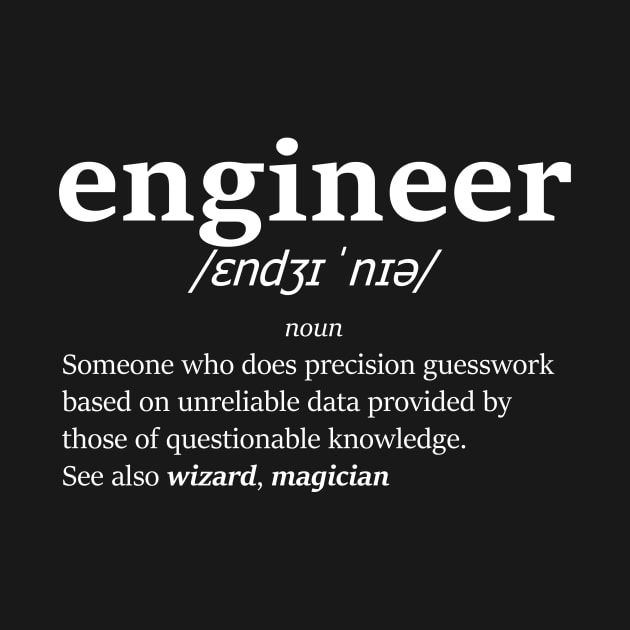
Ability to Conceptualize
Now that you’ve graduated, you’ve got a spiffy bit of paper, some education and many prospects. You understand the basics of how structural materials behave, you can determine the demands on any structural element and you can determine the capacity of any structural element. These basic skills are the building blocks for a successful career – with these you can design anything. This is really the essence of what a bridge engineer does.
But it is also so much more than that. Before you can determine the demands and calculate capacities, you first have to develop a concept. How can I span this river? How long will the bridge need to be? How high above the water will it need to be? Once you have that nailed down, what is your load path? How does the weight of that truck work its way to the ground? Is the ground strong enough to support the structure?
The ability to conceptualize is essential to a successful career in bridge engineering. Conceptualization, when starting out, involves learning from past projects. At this point, you’re taking the best parts of other projects, learning from what others have done and tailoring the solution to meet your project’s specific needs. For example, you have to span a river that is 200 feet wide. You find a project that spanned a similar river that was 175 feet wide. Will the same girder depth work for your project? Doubtful, but from this example you can get an idea about what span to depth ratios might work, girder spacing, vertical clearance and many other things. You simply take the best parts and tailor them to your project’s unique requirements.
The ability to conceptualize can further be described as “putting it together.” You may not know the exact rebar needs, or indeed the actual dimensions of specific elements. But before you “put it together,” it is almost impossible and usually a waste of time to start computing demands and capacities. Before you can start that, you need to have a concept to analyze.
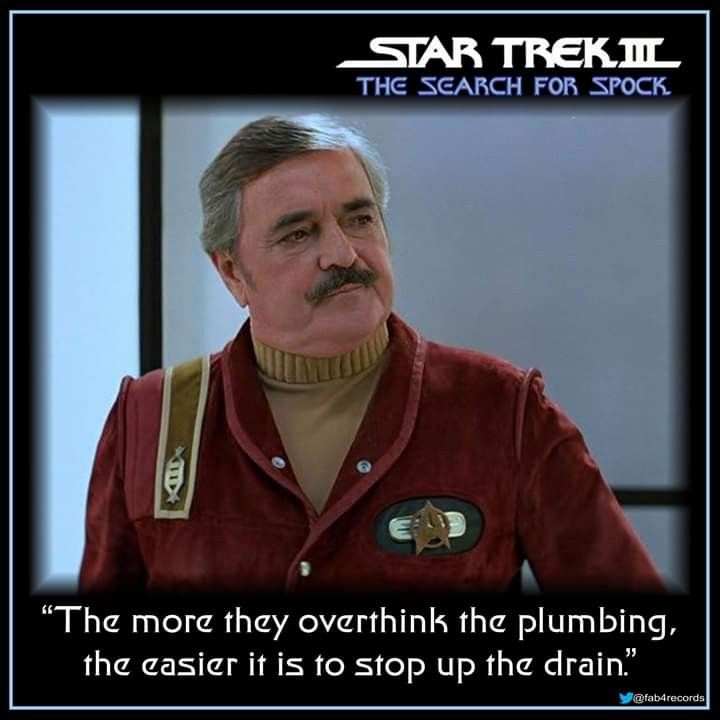
A mentor once described to me his process for starting a bridge design. He would first sketch out the entire bridge, taking member sizes from previous projects. Only when he had a sketch with all of the geometry worked out on paper would he start his analysis and calculations. Sometimes he had to revise dimensions – design is, after all, iterative. But ultimately this gave him a roadmap to the bridge he intended to design. Conceptualization is a skill that comes with experience. As you gain experience, you will rely less on example projects and more on your own engineering judgement.
So you may be asking yourself, how can I develop an ability to conceptualize before I start work?
If your only exposure to structures is through your engineering program, fear not. These skills will develop as you do the work. Get out and see the bridges you’ve designed. Take the plans with you and compare your drawings to the finished product. This will help you understand how the various parts get put together. If you ever ask the question – what am I looking at – when you look through a plan set, find photos of the project or go look at it in person. This can be a tremendous help in visualizing what the end product will look like.
Having a hobby or side business that gets you hands on exposure to building materials or projects can be extremely advantageous. Know how to weld? Do you work on classic cars? Do you build furniture? Do you sew? Any of these will help you in an engineering career, particularly structures.
Structural engineering requires some amount of three dimensional reasoning. We visualize a three dimensional object by drawing it in two dimensions on paper. Sewing does essentially the same thing – taking two dimensional patterns or pieces and stitching them together to make a dress.

Bolting your classic car’s suspension together exposes you to fasteners, threads, hole sizes and other things. When you’re designing a steel structure, having actually bolted something together can give you some insight in what the guys erecting your structure will be contending with. Structural engineering is about the details. Having hands on knowledge, while not an essential requirement, can give you a tremendous head start in conceptualization.
Attention to Detail
Another essential skill in bridge engineering is an attention to detail. This is a broad skill, but one you should seek to hone as quickly as you can.
You should get into the habit early on of constantly reviewing your work. While this applies to calculations as well as plan sheets, calculations are not really the final product. The product that the world gets to see are the plans. No matter how wonderful your calculations are, if the plans do not reflect what is shown in your calculations – then they are just plain wrong.
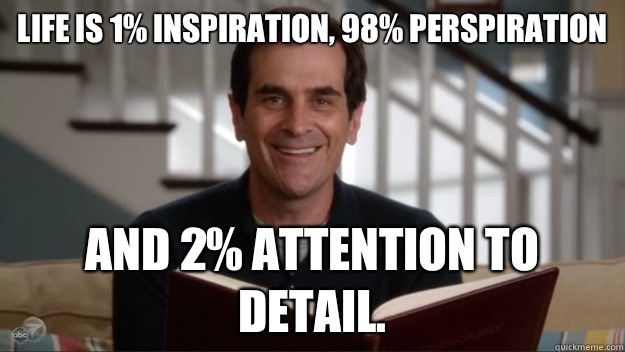
Design is iterative and often involves working with a drafter. A drafter will take your initial conceptual sketch or markups and create a clean plan sheet. Drafters assist the engineer with their work – they work as a team. But ultimately it is you as the engineer who are responsible for the content of the plan sheets.
On your first assignments, get to know your drafter. Learn the universal color coding scheme for marking up drawings – red is a change or addition, green is to be removed and blue is editorial. Yellow highlight can be used to signify something that is alright as is, but is usually reserved for checking. This is something I like to call communication by mark up.

Marking up plans is the essential skill you’re learning in your first year. Sadly, this isn’t a skill that is taught in school. There is no class for it. It cannot be taught. You must pick up the skill or move to some other part of the profession. Clearly and effectively communicating the changes that are necessary to the drawing is the only way the drawing gets better. If many changes are necessary, many iterations may be needed. Computer aided drafting makes changes relatively easy.
It is also essential that you familiarize yourself with the concept of back checking. A back check can be formal or informal, depending on the experience level of the engineer. You’re essentially checking the ‘clean’ sheet from the drafter against your markups. This ensures all changes have been made but also allows you to add additional markups. The key here is that we are all human. Sometimes a drafter misses a markup but this gets captured by the back check.
The mark up process isn’t completed until a back check of the clean drawing reveals no further changes or additions. Once this happens, the sheet is finished and can be passed along for quality control. Congratulations! You’ve completed one sheet out of a set of 35.
Another form of being attentive to detail occurs when reviewing the work of others. While doing this, think critically from the viewpoint of someone who has to use these plans to build the structure. Do I have enough information to do the work without resorting to ‘scaling’ off the drawings or submitting a Request for Information? Is the cross referencing correct? Are bar marks and bar sizes consistent throughout?
What do Employers Expect you to Know?
Most firms are not setup to train new engineers in basic analysis and design tasks. We expect new engineers to know how to develop bending moment diagrams, shear diagrams and sketch deflected shapes. You should know how to determine the internal forces in a truss – both qualitatively and quantitatively. The basics of steel and concrete detailing should be known. Beam theory as it applies to both steel and concrete beams is essential as well. And it goes without saying, the fundamental difference between compression and tension.
Setting up a finite element model may require some coaching, but ultimately many firms are going to expect you to know the basics of joint-member connectivity.
The ability to read plans is essential. Being able to look at an example set of plans, pull out the relevant information and apply that to a new design is essential. Being able to mimic a good example in your own design will instill the standards of your firm. Do this enough and it will become second nature.
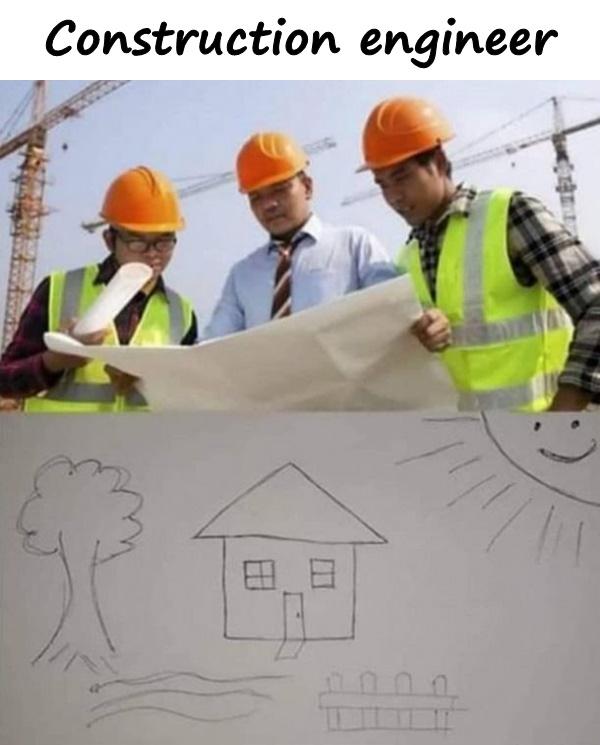
Have your own books. Structural engineering isn’t about remembering every aspect of the profession, but being able to find what you need from a plethora of references. Borrowing books from colleagues makes you look cheap and uneducated.
Knowing the relevant code is not an essential skill on day one, but you should endeavor to learn the code as you design. Look through example calculations. Reference code sections for future use. There are many examples on the internet showing the proper procedure for following the bridge code. After designing a few beams this will become second nature.
How to Succeed
Ask a lot of questions, be curious. Let’s face it, your education just scratched the surface. You have the basics, but there is still a lot to learn. Most senior engineers are happy to share their knowledge. Remember what you’re told, and let your questions build from there. There is nothing more obnoxious than a new guy who has to be told the same thing multiple times. The brightest engineers will take the initiative.
A first assignment at your new job will likely be a small, single span bridge. You might be assigned the design of ancillary structures like retaining walls. Use these assignments to get used to how things work at your firm. What standards should you use? What software should you use? How are calculations compiled? What is your firm’s quality control policy?
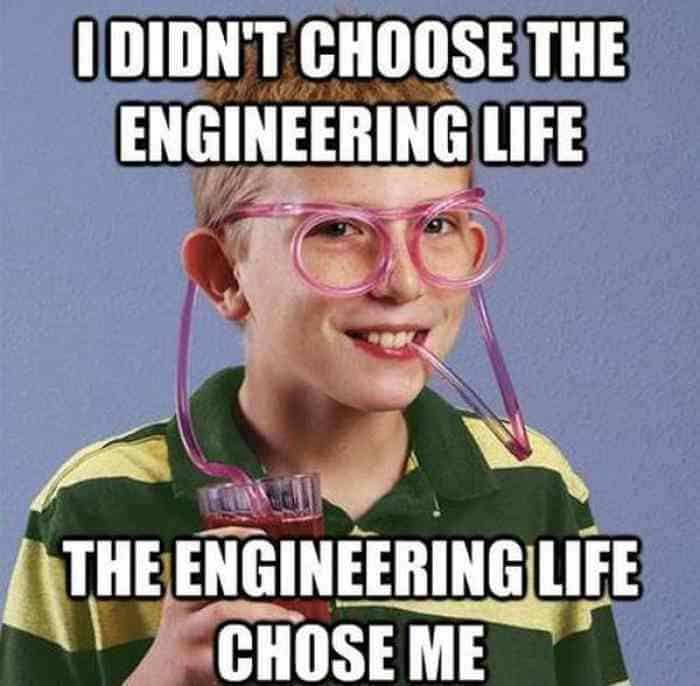
Strive for excellence, not perfection. The person who never makes a mistake is a person who does nothing at all. Errors will happen. Embrace them and learn from them. If you constantly seek to broaden your skills, gain experience by doing more complex design work and following established quality procedures – you will balance the risk of errors against an investment in yourself. Swim in the deep water and before you know it, your services as a bridge engineer will be in high demand.
Views: 665

